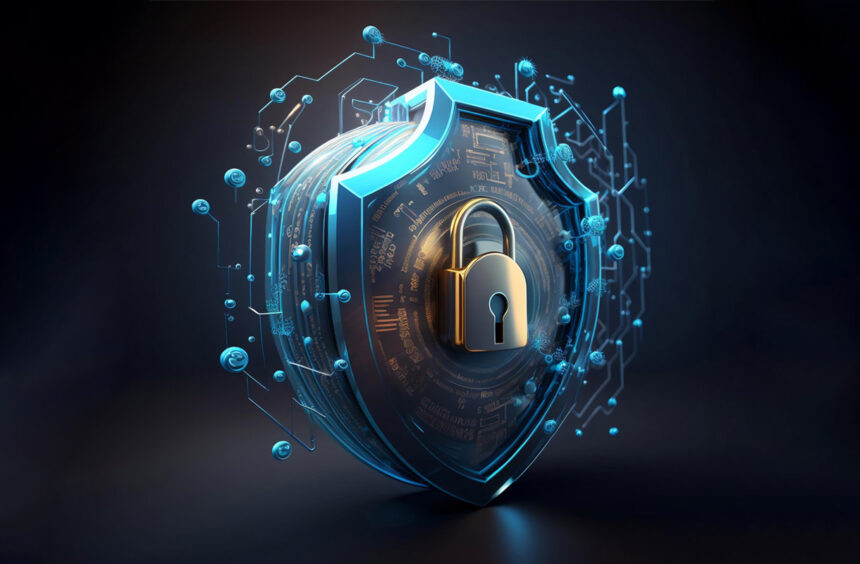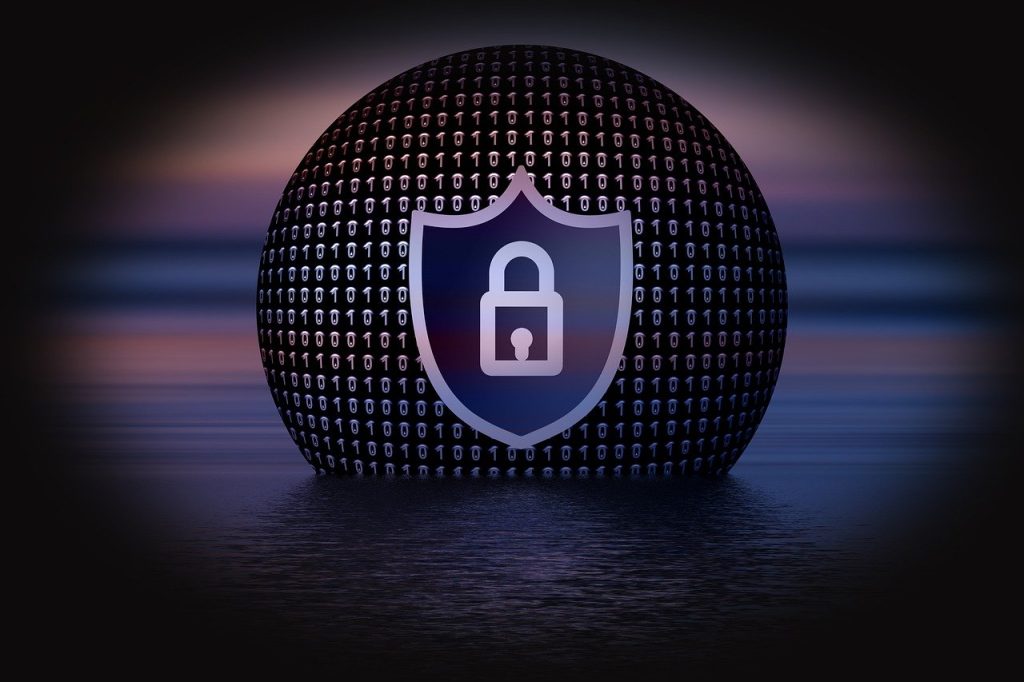In this post, I’ll be talking about revolutionizing risk management and also show you how AI is transforming GRC.
Today’s organizations stand at a critical GRC crossroads. The mounting pressures of complex regulations, evolving cybersecurity threats, and unpredictable business disruptions demand immediate action. As regulations become more complex and cybersecurity threats continue to evolve, traditional GRC frameworks no longer suffice.
To thrive in this challenging landscape, leaders must embrace innovative approaches like AI-driven, Integrated, and Agile GRC solutions. The time for transformation is now—how swiftly can you adapt to stay ahead of the curve?
Table of Contents
What Is Governance, Risk, and Compliance (GRC), and What Makes It Important?
Organizational integrity and performance rest upon three interconnected pillars – Governance, Risk, and Compliance (GRC). GRC coordinates IT operations with business goals while handling risks and fulfilling regulatory requirements.
The organization’s tools and processes merge tech innovation with governance and risk management functions. Through GRC implementation companies can reach their objectives reliably while reducing unpredictability and maintaining compliance. Together, they ensure that:
– Governance aligns organizational actions with business goals.
– Risk management identifies and mitigates potential threats.
– Compliance requires organizations to follow both regulatory standards and internal company policies.
GRC strategically protects the organization’s reputation while enhancing operational efficiency and building stakeholder trust beyond compliance and penalty avoidance.
The Challenges of Traditional Risk Management
Traditional risk management methods depend on manual work processes while utilizing split systems and focusing on reactive measures. Some common challenges include:
Organizations struggle to detect new risks and understand dependencies between different functions.
The response time remains slow because it depends on outdated data and static reporting methods.
Assessments and decisions can contain human biases and errors.
Scaling risk processes throughout worldwide operations presents significant difficulties.
The presence of these gaps leaves organizations vulnerable to receiving regulatory fines and financial losses while risking reputational damage and operational disruption.
How AI Enhances Risk Management in GRC
Advanced technologies within GRC AI solutions help optimize operations across governance structures and compliance procedures while managing risk effectively. Integrating AI into GRC systems delivers enhanced intelligence and automation, enabling organizations to shift their risk management from reactive methods to predictive strategies. Here’s how:
1. Real-Time Risk Detection and Monitoring
AI systems analyze enormous amounts of structured and unstructured data from internal databases and external sources like social media and news feeds in real time to identify fraud indicators, regulatory warnings, and anomalies. Risk identification across endpoints and data security and workflow becomes possible through monitoring data sources and cybersecurity incidents together with operations and activities. Organizations strengthen their security posture by utilizing real-time risk identification to implement control measures promptly.
Example: NLP technology enables businesses to scan employee emails for potential insider threats and policy breach indicators.
2. Predictive Analytics
Predictive analytics, using AI techniques, recognize risk patterns by evaluating historical data, trend analysis, and variable considerations. The analysis provides early warnings about potential defaults and actionable mitigation approaches.
Example: AI systems predict supply chain interruptions by analyzing geopolitical developments, weather anomalies, and vendor actions.
3. Automated Compliance Monitoring
AI systems systematically track legal databases, regulatory updates, and industry publications to anticipate and adapt to future regulatory changes. Machine learning algorithms, together with natural language processing, analyze regulatory text to detect updates and deliver real-time compliance insights, decreasing the manual workload required for maintaining compliance.
Example: AI-powered tools track changes on regulatory websites to alert your business about potential updates.
4. Smart Decision-Making
AI systems deliver insights based on data analysis, helping organizations make timely and well-informed decisions. The system suggests mitigation methods while evaluating risk consequences and organizing responses by likelihood and seriousness.
Example: Risk scoring engines enable departmental vulnerability rankings to help leaders allocate resources more efficiently.
5. Continuous Controls Testing
AI streamlines and automates the testing and monitoring of internal controls to ensure their effectiveness while minimizing audit fatigue.
Example: Robotic Process Automation (RPA) bots enable financial control testing across thousands of transactions while requiring minimal human supervision.
6. Enhanced Vendor Risk Management
AI facilitates automated vendor and third-party risk assessments while streamlining due diligence processes and ensuring compliance with industry regulations.
Example: Advanced machine learning algorithms allow organizations to track vital metrics, including financial health status, cybersecurity status, and vendor compliance records.
Let’s dive into some Real-world Case Studies
HSBC (Financial Sector): Fighting Financial Crime with AI
The company addressed the need for compliance in its operations across 60+ jurisdictions worldwide by implementing AI technology to detect suspicious transaction activities. The result? The organization achieved fewer false positives, while investigations became quicker and more effective.
Siemens (Technology Sector): Automating Internal Controls
After identifying inefficiencies in their manual testing processes, Siemens deployed RPA bots for automated control testing. The implementation achieved time savings along with better accuracy levels.
Aetna (Healthcare Sector): Proactive Healthcare Risk Management
Their use of AI-powered analysis scans on health records enabled them to tackle patient safety and HIPAA compliance by detecting potential risks early. The payoff? Using AI-powered analysis scans resulted in reduced security breaches, better patient outcomes, and strict compliance standards.
Best Practices for Integrating AI into GRC
– Start with a pilot project.
– Ensure high-quality data governance.
– Blend AI with human oversight.
– Continuously retrain and monitor AI models.
Considerations and Challenges
Organizations need to evaluate essential considerations even though AI provides substantial advantages.
Data Quality: The effectiveness of AI systems depends critically on the quality of data, which includes its cleanliness, relevance, and unbiased nature.
Ethical AI Use: AI systems used in compliance and legal decisions must demonstrate clear transparency and explainability.
Integration: GRC frameworks and tools currently in use need to adopt AI technologies.
Human Oversight: AI serves to enhance human decision-making abilities but cannot fully substitute human insight in intricate or critical scenarios.
The Future of AI in GRC
Organizations now rely on AI to establish new risk management standards in today’s interconnected global environment. By leveraging automation with analytics and machine learning technologies, companies can shift their GRC practices to proactive and fully integrated systems. Your organization should begin exploring AI solutions to achieve better visibility, control, and confidence for future navigation.
Join the Conversation!
How is your organization approaching GRC? Have you considered implementing artificial intelligence solutions to enhance your organization’s risk management strategies? Post your opinions or experiences in the comment section below. Join me in discussing how AI could transform risk management into something more beneficial.
INTERESTING POSTS
About the Author:
Sonia Mishra is a cybersecurity professional specializing in risk management, governance, and compliance. With over a decade of experience advising enterprises on reducing digital risk, she writes to bridge the gap between technical security controls and business resilience.










